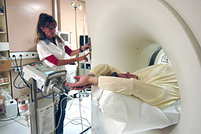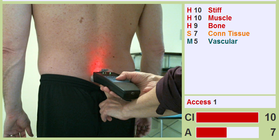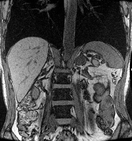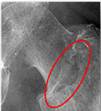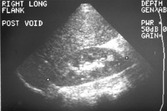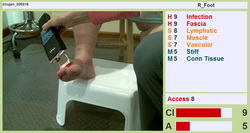SonotectTM Diagnostic Technology Compared with Others
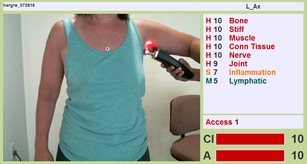
While still under development, Sonotect™, iScan™, and SIiScan™ results have been noted as consistent with the location and severity of pain, inflammation, tissue stress and dysfunction in muscle, fascia, vessels, lymphatics, and nerves in humans and animals.
Sonotect™, iScan™, and SIiScan™ are being developed by Signal Insight www.signalinsight.com
Sonotect™, iScan™, and SIiScan™ are being developed by Signal Insight www.signalinsight.com


